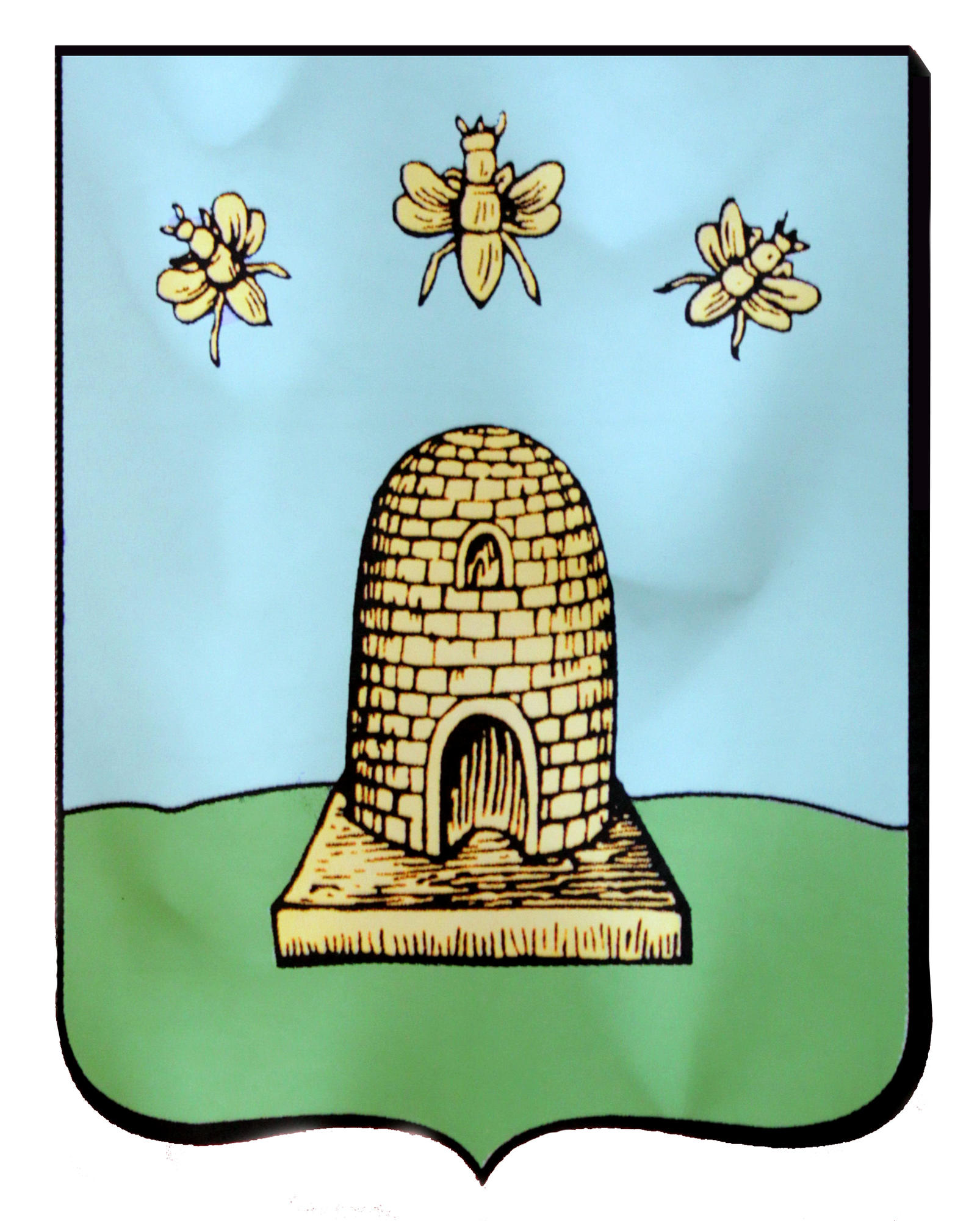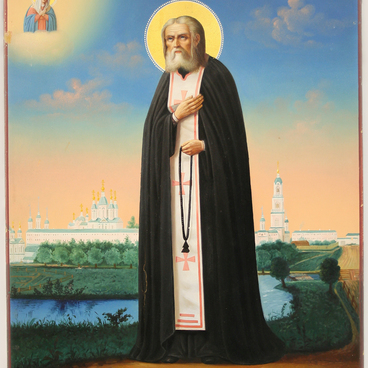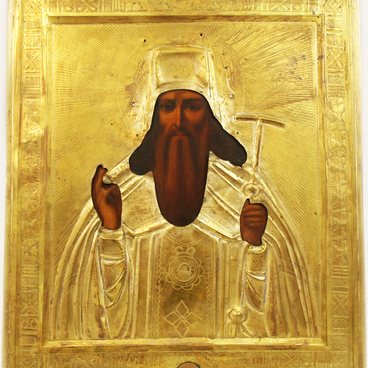They started making and registering coats of arms in the cities of the Russian Empire in the XVIII century. Above all else, it was necessary for the battle flags of the regiments that were distributed throughout the country and received local names. Since Tambov did not have its own emblem, in 1729 the Military Collegium, the supreme body of military administration established by Peter the Great, took up the task of making a coat of arms for Tambov. One year later, Empress Anna Ioannovna officially approved the coat of arms of Tambov.
The authors of the coat of arms took its main elements from the first edition of Symbola et Emblemata printed in Amsterdam in 1705 at the behest of Peter the Great. The book contained 840 emblems with short bearings in eight languages: Russian, Latin, French, Italian, Spanish, Dutch, English and German. The Tambov coat-of-arms authors chose bees over a hive. Symbola et Emblemata contained two such drawings, the first one was accompanied by the bearing ‘They do but work at the same’, the second — ‘No body sees wat is in it’.
The authors of the coat of arms took its main elements from the first edition of Symbola et Emblemata printed in Amsterdam in 1705 at the behest of Peter the Great. The book contained 840 emblems with short bearings in eight languages: Russian, Latin, French, Italian, Spanish, Dutch, English and German. The Tambov coat-of-arms authors chose bees over a hive. Symbola et Emblemata contained two such drawings, the first one was accompanied by the bearing ‘They do but work at the same’, the second — ‘No body sees wat is in it’.




